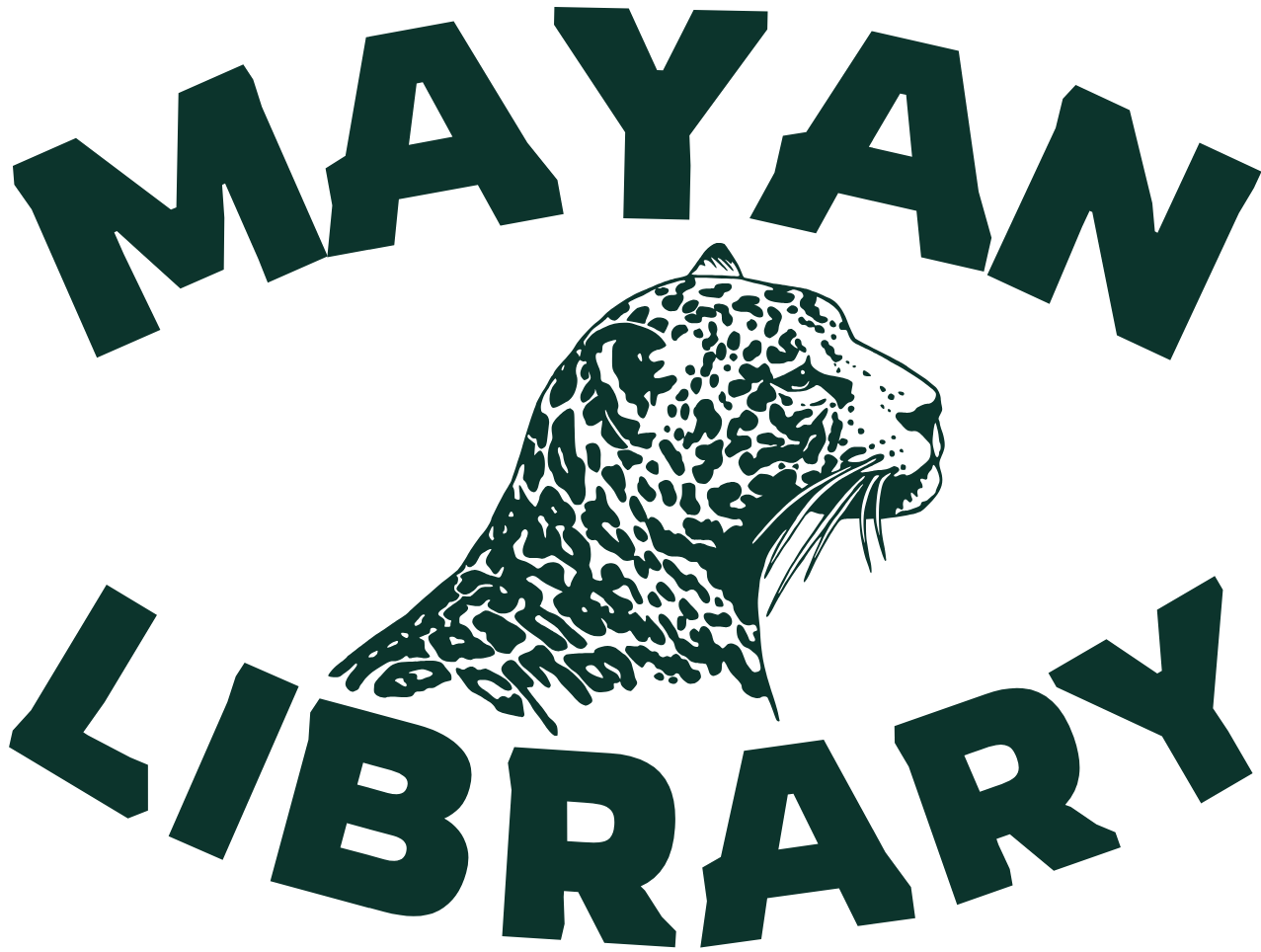The Popol Vuh stands as one of the most important literary, spiritual, and historical texts of the ancient Maya civilization, particularly among the K’iche’ Maya of Guatemala. Often translated as the “Book of the Council” or “Book of the Community”, the Popol Vuh or Popol Wuj preserves a rich narrative of the Maya worldview, intertwining creation myths, epic heroism, and genealogical accounts of rulers. It is simultaneously a sacred scripture, a historical chronicle, and a repository of ancestral knowledge—reflecting the Maya’s deep understanding of nature, cosmos, and human life.
As the first section of the Mayan Library, the Popol Vuh or Popol Wuj provides critical insights into Maya cosmology and philosophy. Its narratives reveal the Maya understanding of dualities, cosmic cycles, spiritual rebirth, and the sacred interconnection between humans and the environment, forming a foundation for ecological and medicinal practices that persist today. The text underscores the significance of maize as life-giving sustenance and natural medicine as a vital expression of ancestral wisdom, connecting spiritual, cultural, and practical knowledge. The Popol Vuh or Popol Wuj continues to serve as a bridge between ancient Maya knowledge and contemporary global audiences, enabling educators, researchers, and students to explore pre-Columbian science, spirituality, and medicine. Through the Mayan Library’s AI-powered digital platform, including ChatGPT-enhanced cataloging and multilingual access, these teachings are preserved, contextualized, and made widely accessible while respecting Indigenous intellectual property.
Structure of the Popol Vuh or Popol Wuj
Creation of the World
The Popol Vuh or Popol Wuj opens with the primordial void, detailing the actions of Heart of Sky and Heart of Earth, the creator deities. It recounts the formation of the world, animals, and initial human creations from mud and wood, highlighting the Maya understanding of life, ecology, and the inherent sacredness of nature. This section reflects ancestral ecological knowledge and the foundations of natural medicine, emphasizing the interconnectedness of humans and the earth.
The Hero Twins (Hunahpú and Xbalanqué)
This epic narrates the trials and triumphs of the Hero Twins, who confront the lords of the underworld (Xibalbá). Themes of sacrifice, resurrection, and cosmic balance are central, offering insights into ceremonial practices and the ritualized use of plants and natural elements. The Hero Twins’ story informs Maya healing practices and herbal medicine traditions, demonstrating the spiritual and ecological dimensions of ancient knowledge.
Creation of Humanity from Maize
Humans are ultimately created from maize dough, reinforcing maize as a sacred staple and a symbol of life, fertility, and cultural identity. This narrative connects deeply with the use of plants in nutrition, medicine, and spiritual practice, illustrating how ancestral communities integrated ecological knowledge with everyday survival and well-being.
Historical Genealogy of K’iche’ Lords
The final section documents the lineage of K’iche’ rulers, migrations, and city foundations, blending mythology with historical record. It provides insights into social governance, spiritual leadership, and the application of community-based knowledge, including the management of natural resources and medicinal plants.
Cultural and Medicinal Significance
The Popol Vuh or or Popol Wuj of is often considered the Maya Bible, embodying religious thought, cultural identity, and ecological intelligence. It preserves ancestral practices in natural medicine, ritual healing, and herbal knowledge, providing a critical reference for modern sustainable health systems. Through AI-enhanced analysis and open-source digital cataloging, the Mayan Library ensures that knowledge of medicinal plants, ceremonial rituals, and ecological stewardship remains accessible, promoting cross-cultural collaboration and education.
This sacred text continues to influence Maya ceremonies, storytelling, art, and community health practices, fostering continuity of both spiritual and ecological knowledge. By integrating these teachings with AI, semantic search, and multilingual resources, the Popol Vuh or or Popol Wuj becomes a living document, connecting traditional wisdom with contemporary science, education, and global cultural exchange.
Recommended Resources & Digital Editions
-
Popol Vuh – Full English Translation by Allen J. Christenson (PDF)
Faithful English translation with cultural commentary, notes, and references to K’iche’ origins.
🔗 https://www.mesoweb.com/publications/Christenson/PopolVuh.pdf -
Sacred Texts Archive – Popol Vuh (English Public Domain Translation)
Accessible English edition preserving mythological and historical roots.
🔗 https://www.sacred-texts.com/nam/popol/index.htm -
BYU Archive – Bilingual K’iche’ & Spanish Edition
Original K’iche’ text with Spanish translation; ideal for linguistic and cultural study.
🔗 https://lib.byu.edu/collections/christenson/popol-vuh/ -
Mesoweb – Popol Vuh Context & Scholarly Commentary
In-depth analysis of mythology, cosmology, and manuscript history.
🔗 https://www.mesoweb.com/publications/Christenson/PopolVuh.html -
World Digital Library – Maya Manuscripts Collection
Searchable portal of Mayan manuscripts hosted by the Library of Congress.
🔗 https://www.loc.gov/item/2021667877/ -
Digital Public Library of America – Popol Vuh Archive
Curated educational resources for comparative study and teaching.
🔗 https://dp.la/search?q=Popol+Vuh -
YouTube – “The Maya Creation Story” Animated by TedEd
Animated retelling suitable for classrooms and younger audiences.
🔗 https://youtu.be/y7z0hZfMa0E -
YouTube – Popol Vuh Creation Story Animation (Independent Project)
Artistic and visual interpretation of the creation myths.
🔗 https://youtu.be/Ty5eQdXXHVE -
Museo Popol Vuh – Guatemala Official Museum
Digital exhibits, cultural resources, and historical insights.
🔗 https://popolvuh.ufm.edu/
References (Academic & Digital Sources)
- Christenson, A. J. (2007). Popol Vuh: The Sacred Book of the Maya. University of Oklahoma Press.
- Tedlock, D. (1996). Popol Vuh: The Mayan Book of the Dawn of Life. Simon & Schuster.
- Schele, L., & Freidel, D. (1990). A Forest of Kings: The Untold Story of the Ancient Maya. William Morrow.
- Christenson, A. J. (2003). Historical Context of the Popol Vuh. Mesoamerican Studies.
- World Wide Library Initiative. (2025). Mayan Library: Digital Preservation and AI Cataloging of Indigenous Knowledge. https://open.substack.com/mayanlibrary
- Nakata, N. M., Hamacher, D. W., & Byrne, A. (2014). Indigenous astronomical knowledge and cultural preservation through digital platforms. Journal of Ethnobiology.
Keywords
Popol Vuh, Maya sacred text, K’iche’ Maya, Mayan Library, natural medicine Maya, ancestral knowledge, Indigenous knowledge preservation, digital AI library, ChatGPT cultural catalog, open-source indigenous knowledge, Maya cosmology, Maya rituals, ecological wisdom, Pre-Columbian Mesoamerica, Popol Vuh translation, Maya medicine, Maya ceremonial practices, AI semantic search, multilingual digital library.

